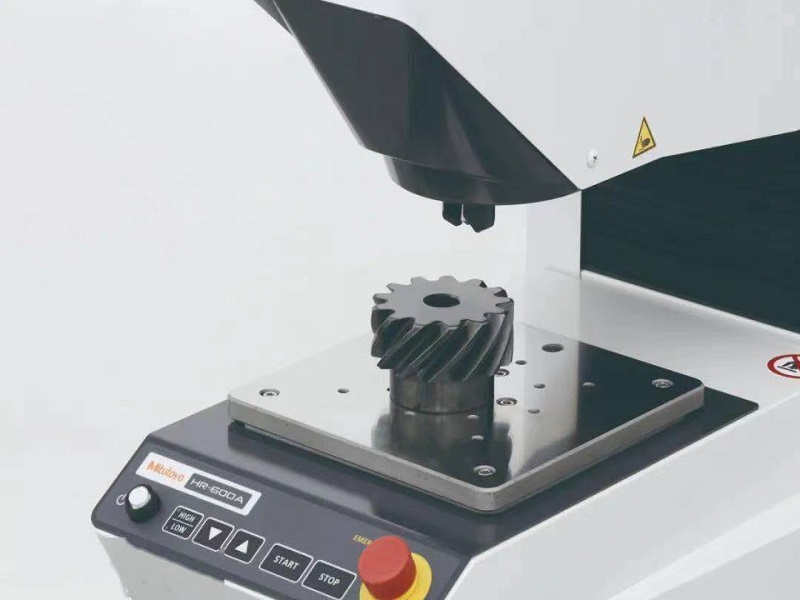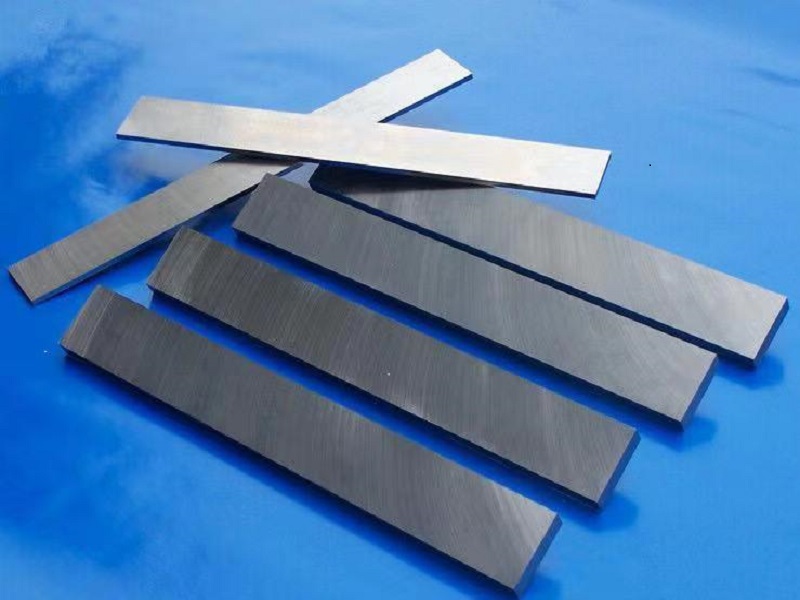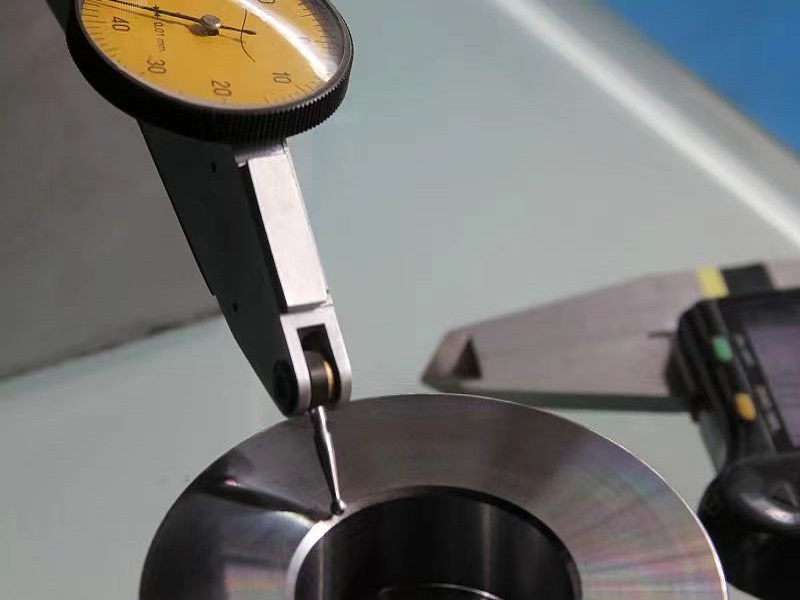

Metal hardness is a property of a metal that describes the ability of a material to resist local plastic deformation.
It’s easy to assume that all metals are hard, but there are quirky ones like mercury – which is liquid at room temperature and doesn’t even have a rigidity value – and sodium metals, which you can cut with a kitchen knife.
There are several different scales and systems for measuring metal rigidity. In this article, we provide an overview of these measurement systems.




For Further Details,Please Feel Free To Contact Us: